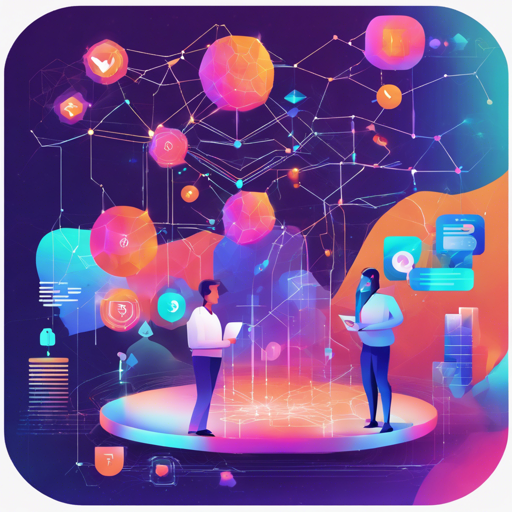Welcome to the ultimate guide for beginners diving into the world of Web3, Smart Contracts, and Blockchain development! This guide is designed to help you understand the tools and concepts required to embark on your coding journey in this exciting domain.
Understanding the Landscape
Just like building a house requires strong foundations and solid structures, developing decentralized applications (DApps) requires a firm grasp of the associated technologies. In this case, we will split our focus into several manageable sections:
- Blockchain Basics
- Smart Contracts
- Development Tools (like Hardhat and Foundry)
- Interacting with Testnets
- Debugging Strategies
Step-by-Step Guide to Getting Started
1. Learn Blockchain Basics
Understanding blockchain technology is crucial. Think of it as the backbone of all cryptocurrencies, where data is stored in a distributed ledger that ensures transparency and security. Resources like the Bitcoin Whitepaper or the Ethereum Whitepaper are great starting points.
2. Smart Contracts
Smart contracts can be visualized as self-executing contracts with the terms of the agreement written into code. They are like vending machines: you put in your token (the payment), and the machine (smart contract) automatically dispenses the snack (your service or product) if the requirements are met. You can find more about their purpose here.
3. Choose Your Development Environment
When it comes to building your smart contracts, you have several tools at your disposal, but we will focus on:
- Hardhat: A development environment to compile, deploy, test, and debug your Ethereum software.
- Foundry: A toolkit for Ethereum application development, which you might want to explore as it offers a new set of tools compared to Hardhat.
4. Interacting with Testnets
Testnets, like Sepolia, allow you to test your contracts without using real ether. The analogy here is akin to a pilot practicing flying a plane using a flight simulator before taking an actual flight.
Make sure to check these testnet faucets to get some test ether:
- Main Faucet: Chainlink Faucet
- Backup Faucet: Sepolia Faucet
5. Dive into Coding
Start coding by trying out various examples. Find basic contract setups using platforms like Remix IDE. There are plenty of YouTube tutorials available, like the Beginner’s Course by FreeCodeCamp, which follows along with a complete course for practical experience.
Troubleshooting
As with any learning journey, you may encounter issues. Here are some common troubleshooting tips:
- Outdated Material: Be aware that some repositories may not be actively maintained, leading to discrepancies between videos and code. If you experience this, refer to the repository’s chronological updates.
- Dependency Issues: As dependencies evolve, errors may arise. Make sure you are using the latest versions of your tools.
- Can’t Connect to Testnet: Double-check your Metamask settings and ensure you are on the correct network.
- If you have further queries, consider joining discussions on platforms such as GitHub Discussions or Ethereum Stack Exchange.
For more insights, updates, or to collaborate on AI development projects, stay connected with fxis.ai.
Conclusion
At fxis.ai, we believe that such advancements are crucial for the future of AI, as they enable more comprehensive and effective solutions. Our team is continually exploring new methodologies to push the envelope in artificial intelligence, ensuring that our clients benefit from the latest technological innovations.

